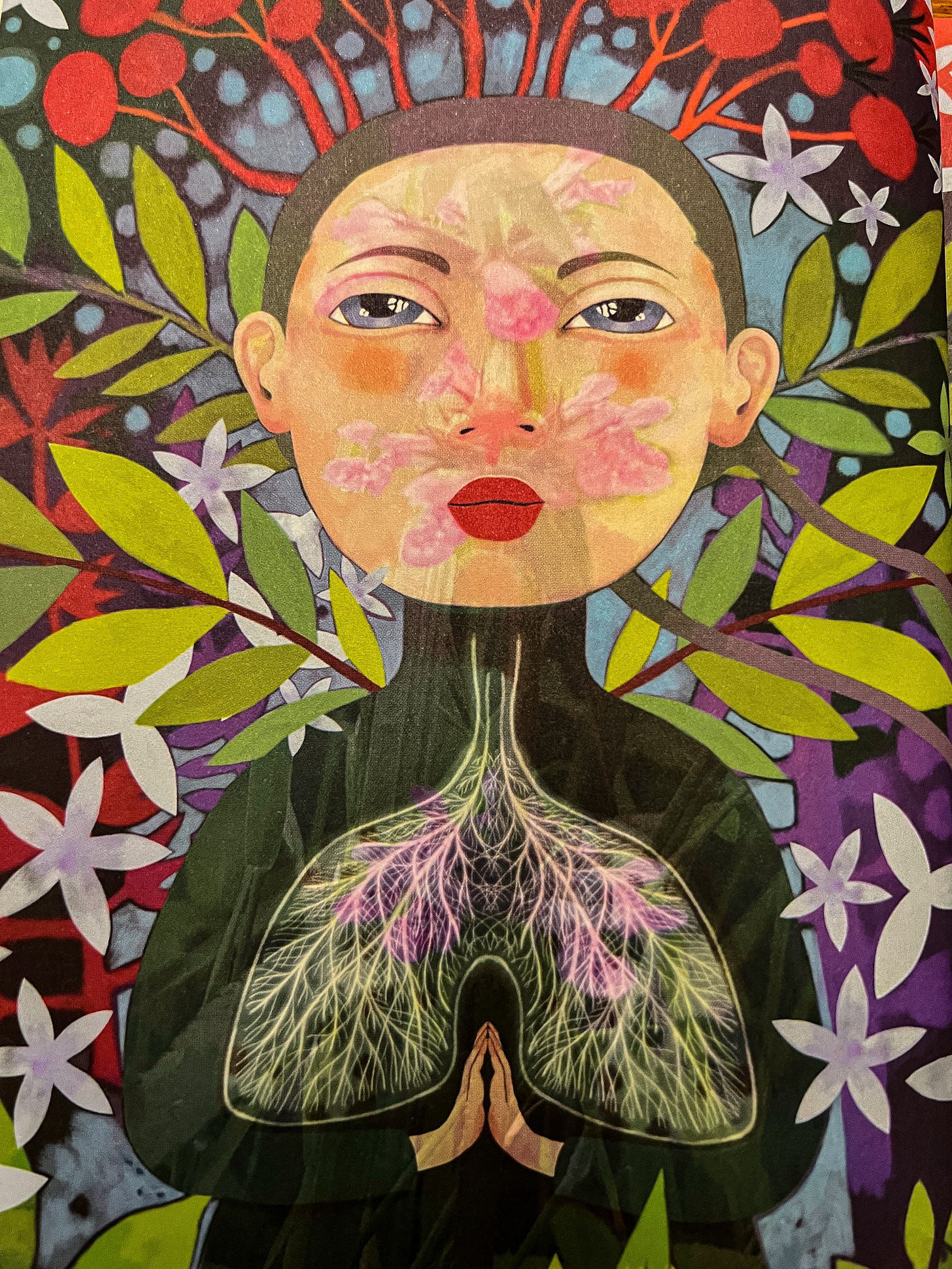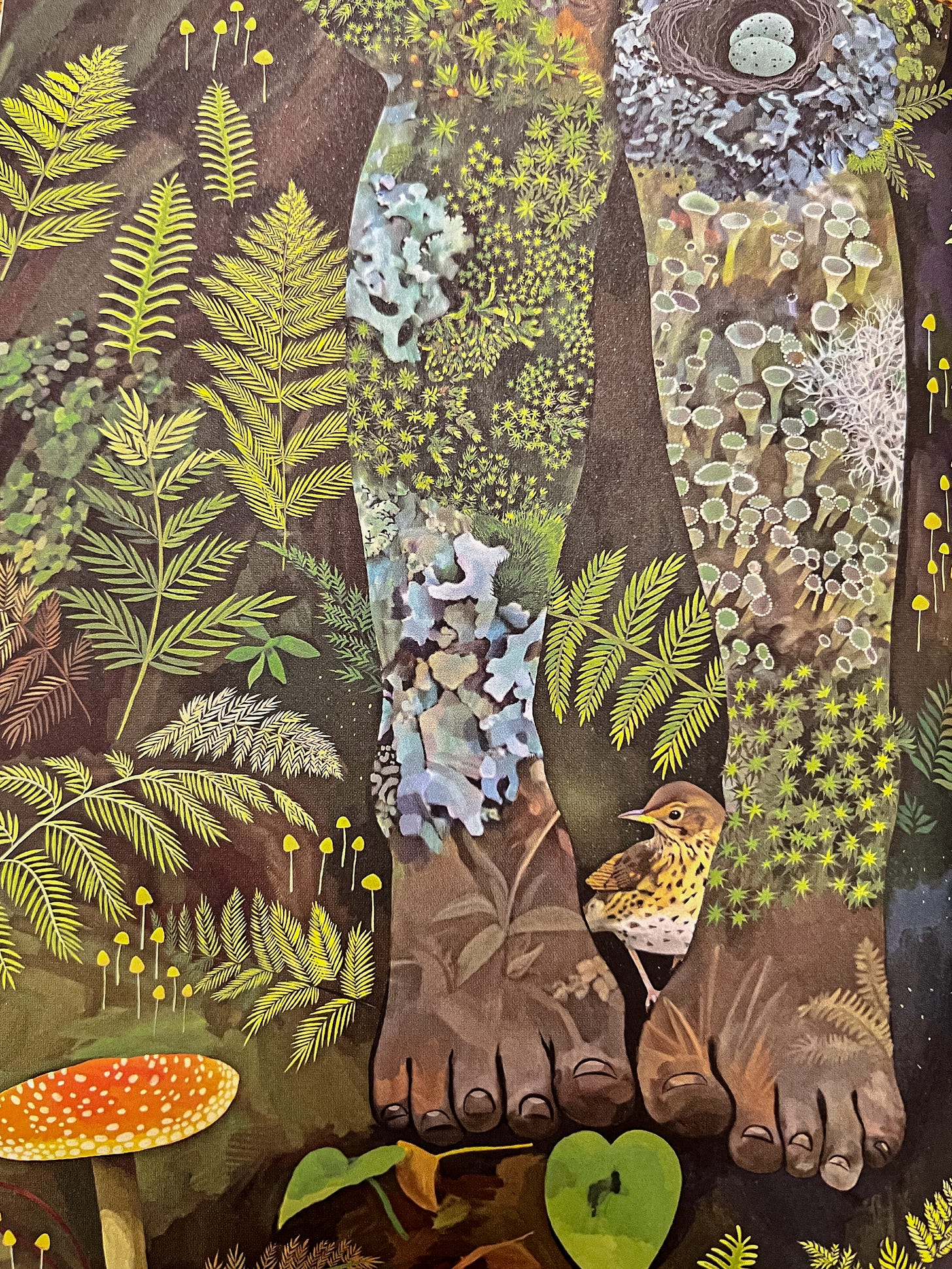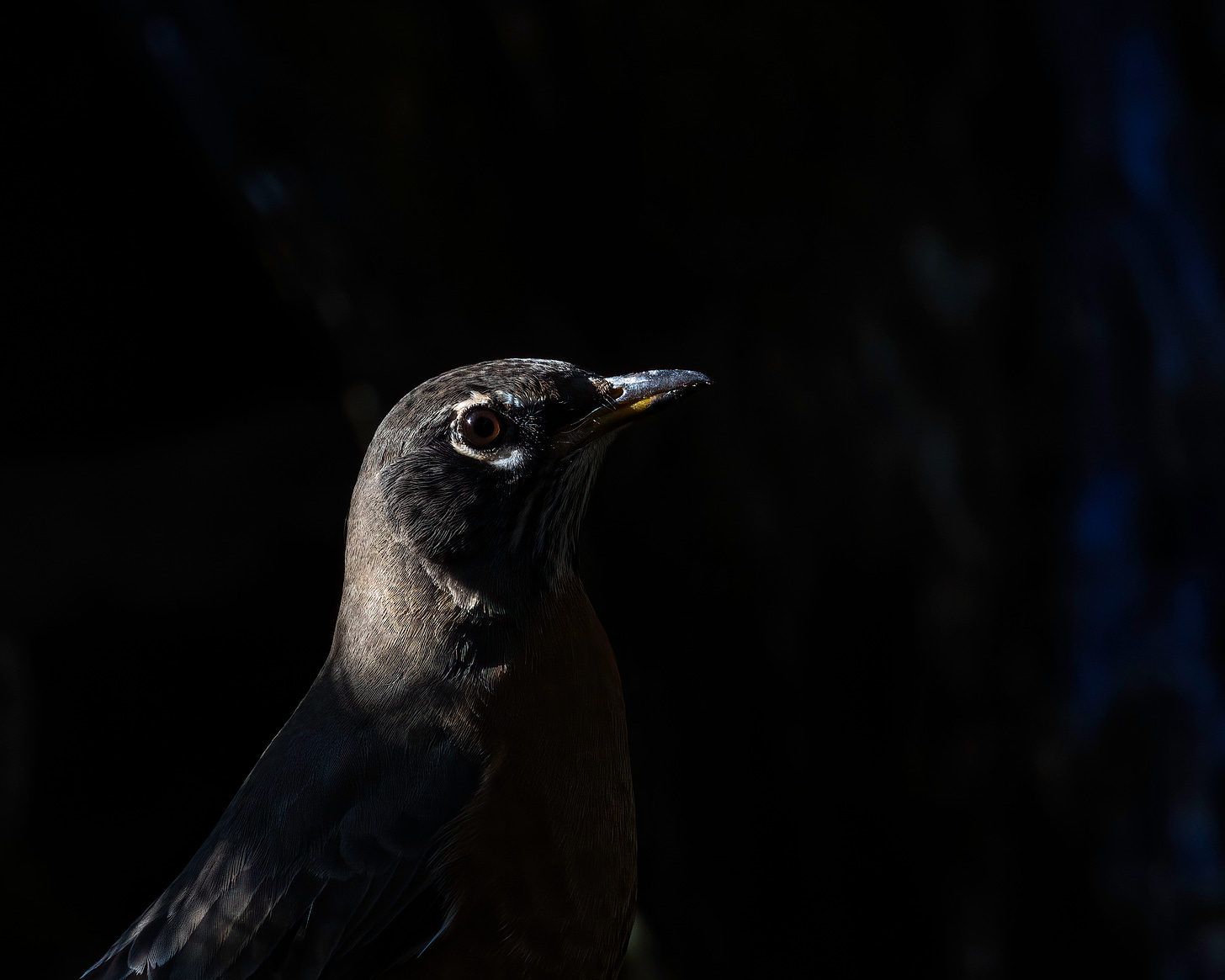George Orwell and Gardening for Posterity
Open-pollinated seeds, berries, and fruit trees as a gateway to the sublime pleasures of gardening.
Top Ten Plants for food, birds, and beauty.
1 Kale - Vigorous, productive, green and purple leaves, diverse flavor and texture.
2 Serviceberry - Flavorful blue berries, fall color, native, Cedar Waxwings.
3 American Elderberry - Easy to grow, pollinators, purple berries, immune support.
4 Strawberries - Perennial, jam, flavor, red to the core.
5 Lettuce - Color, flavor, texture, salad.
6 Basil - Tea, Beauty, diversity, color, pesto, pollinators.
7 Tomatoes - Pink Brandywine, Cherokee Purple, Kellog’s Breakfast, Mexico Midget.
8 Black Raspberry - Native, incredible flavor, a distillation of summer.
9 Apple - Shade, complex flavor, russets, applesauce.
10 Sunflower - Golden beauty, goldfinches, happiness.
Winter is the time to set the stage for the summer garden. The first step on this journey is the annual ritual of reading seed and nursery catalogs and picking out the plants you will tend to in the growing season. February is a good time to order seeds and plants to ensure you are not disappointed by seeing too many sold-out symbols. Life in the soil, most plants, and many gardeners are resting this time of year. We are all poised waiting for sunlight and warmth to draw us outdoors.
Each new season provides us with another opportunity to foster life, hope, and connections that can span generations. Our gardens can create lasting beauty and meaning in our lives. They can serve as an antidote to the anxiety of our age. Anxiety born, in part, from earlier wars and conflicts that have shaped our culture. George Orwell sought refuge in his garden and in nature. When asked to describe himself he replied:
“Outside of my work, the thing I care most about is gardening, especially vegetable gardening”
Visitors intent on political discussions with Orwell often complained that he bored them to death with descriptions of the habits of birds. He also had a connection with and fondness for trees.
“A thing which I regret, and which I will try to remedy some time, is that I have never in my life planted a walnut. Nobody does plant them nowadays — when you see a walnut it is almost invariably an old tree… Nor does anybody plant a quince, a mulberry or a medlar. But these are garden trees which you can only be expected to plant if you have a patch of ground of your own. On the other hand, in any hedge or in any piece of waste ground you happen to be walking through, you can do something to remedy the appalling massacre of trees, especially oaks, ashes, elms and beeches, which has happened during the war years.
Even an apple tree is liable to live for about 100 years, so that the Cox I planted in 1936 may still be bearing fruit well into the twenty-first century. An oak or a beech may live for hundreds of years and be a pleasure to thousands or tens of thousands of people before it is finally sawn up into timber. I am not suggesting that one can discharge all one's obligations towards society by means of a private re-afforestation scheme. Still, it might not be a bad idea, every time you commit an antisocial act, to make a note of it in your diary, and then, at the appropriate season, push an acorn into the ground.
And, if even one in twenty of them came to maturity, you might do quite a lot of harm in your lifetime, and still, … end up as a public benefactor after all.”
Winter is an appropriate time to reflect on the lessons learned in previous years. One of the primary lessons I have learned is that we do not know as much as we think we know, and things go better if you relinquish control. A tightly controlled mind and garden work against nature and lead to disappointment.
This is one of the reasons why your choice of seeds and plants is so important. A fundamental principle to keep in mind is that diversity confers resilience. Learning how to choose plants with diverse genetics that are adapted to your location provides the foundation for a resilient garden.
Fortunately, a small network of dedicated people has managed to steward diverse crops and genetics and make them available in the modern era. The Open Source Seed Initiative is one of these groups. They provide support for farmers and gardeners who want to grow seeds that can be saved and freely shared with others. This is a brave, perilous, romantic, and hopeful act.
You can buy open-source, open-pollinated seeds and plants from these and many other seed companies and nurseries:
I ordered seeds and supplies from the Experimental Farm Network yesterday. They steward a remarkable repository of genetic and cultural diversity. I ordered:
Tamarack seeds so I can try my hand at bonsai, Bloomsdale Longstanding Spinach Blend, Chi Yei Eggplant, Old Timey Blue Collards, Bok Choi Grex, Carolina Broadleaf Mustard, Willem’s Blauwe Groninger Kale, Ultracross Okra, and Homesteader’s Kladeidoscopic Perennial Kale Grex.
You read that right. There is such a thing as perennial kale, thanks to a brilliant plant breeder who has spent over a decade refining this diverse mix of genetics. You can plant kale once and harvest it for years. When your initial plants start to lose vigor you can take cuttings to propagate them.
If you prefer your plants to come with a patent, that can work too. Just consider who creates the best seeds- corporations or nature. A wise observer from an earlier era sides with nature.
“There is a Patent Office at the seat of government of the universe, whose managers are as much interested in the dispersion of seeds as anybody at Washington can be, and their operations are infinitely more extensive and regular.” Henry David Thoreau
Growing open-pollinated seeds gives you an opportunity to enter into a relationship with plants and place. Open-pollinated plants are pollinated by the wind and insects. They freely share genetic information and adapt to where they are grown. They also open up a world of color, flavor, texture, size, and shape that makes life and food much more interesting. As you eat with the seasons, the act of engaging with your food becomes filled with anticipation, joy, and pride.
Every trip into your yard can be an adventure. The quality and extent of your adventure are shaped by your willingness to shrink your lawn and diversify your garden. Why not add some berries and introduce wild flavor, beauty, and birds into your life?
Berries are a gift to us and the birds. We should all aspire to appreciate berries with the same gusto as Cedar Waxwings. John James Audubon marveled at these birds.
“The appetite of the cedar bird or cherry bird is of so extraordinary a nature as to prompt it to devour every fruit or berry that comes in its way. In this manner, they gorge themselves to such excess, as sometimes to be unable to fly, and suffer themselves to be taken by the hand.”
This seems like a worthy goal to me, to provide such a bounty for the birds that you could then pick one up by hand.
Growing your own food in this way draws you into a relationship with your garden. As you care for these plants, you will tune into their needs. You will become more sensitive and open. Your life will expand and your perspective will change. As you watch tiny seedlings emerge from the soil, something will emerge within you as you both embark on a journey together.
The New Seed Starters Handbook is a comprehensive resource on growing your own plants from seed. Faith in a Seed is a remarkable source of inspiration and insight.










Same reaction as Mercy's. I had no idea. Inspiring.
I had no idea Orwell was a gardener! His quote is just perfect (and funny!).